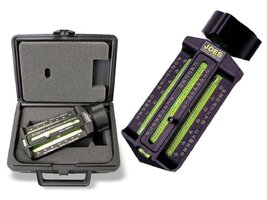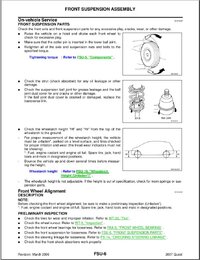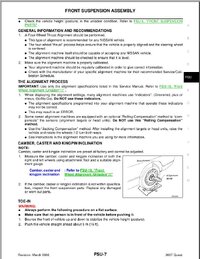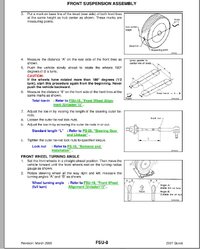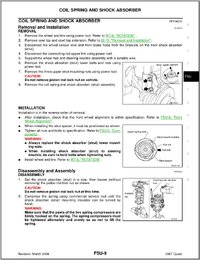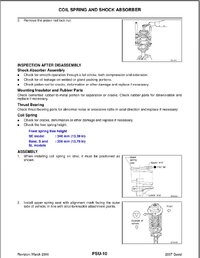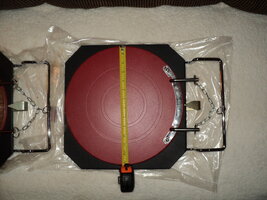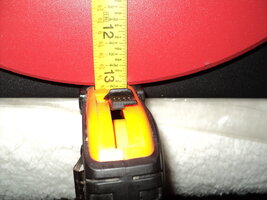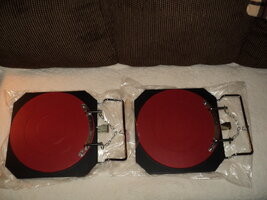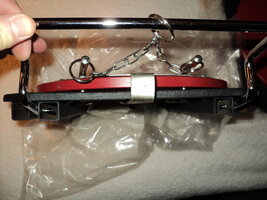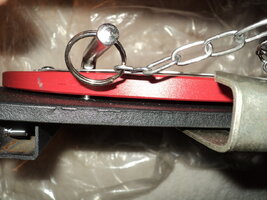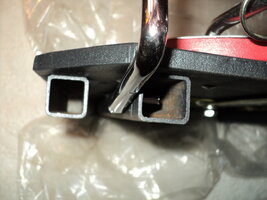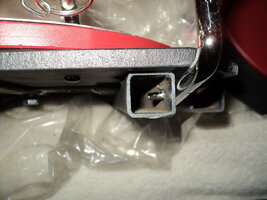My 2008 (170kkm) has had the upper and lower ball joints replaced two years ago as it did eat one tire (inside wear) and the joints were done. Took it in for alignment and the tire shop brought everything back in line with no further issues in general. Truck tracks well and runs down the road well. Looking at it, I still feel the camber is not right and I still seem to get more than I would like wear on the inside of both fronts (after about 30kkm). The shop set the camber up at -.9 / -.8 which from the range seems to be somewhat "high" (-1.3 to .3) "spec" with tilt in. Before and after camber hasn't changed (toe and caster adjustments had minor adjustments).
I have read in places that the "most" you can do on the positive side is "0" with trailblazer "mechanicals".
So my real question is, if I try to do the camber adjustment in my "driveway" basically, moving it towards "0", am I likely to cause a significant issue with this "attempt"? My view is that the worse I can do is move the spec to "0" which according to their system is still within spec. Of course, having never played with the "adjustment", the secondary question would be which way do I go to head towards "0"?
Thanks for the comments. I know the one could also start replacing things like bushings, etc but I would first like to move the camber a bit to see if it helps. Around here, an alignment runs $150 IF it doesn't require anything else done, hence the "hope" and the "query" that perhaps some minor adjustment might get me close to where things will be more "happy" to my tires.
I have read in places that the "most" you can do on the positive side is "0" with trailblazer "mechanicals".
So my real question is, if I try to do the camber adjustment in my "driveway" basically, moving it towards "0", am I likely to cause a significant issue with this "attempt"? My view is that the worse I can do is move the spec to "0" which according to their system is still within spec. Of course, having never played with the "adjustment", the secondary question would be which way do I go to head towards "0"?
Thanks for the comments. I know the one could also start replacing things like bushings, etc but I would first like to move the camber a bit to see if it helps. Around here, an alignment runs $150 IF it doesn't require anything else done, hence the "hope" and the "query" that perhaps some minor adjustment might get me close to where things will be more "happy" to my tires.

